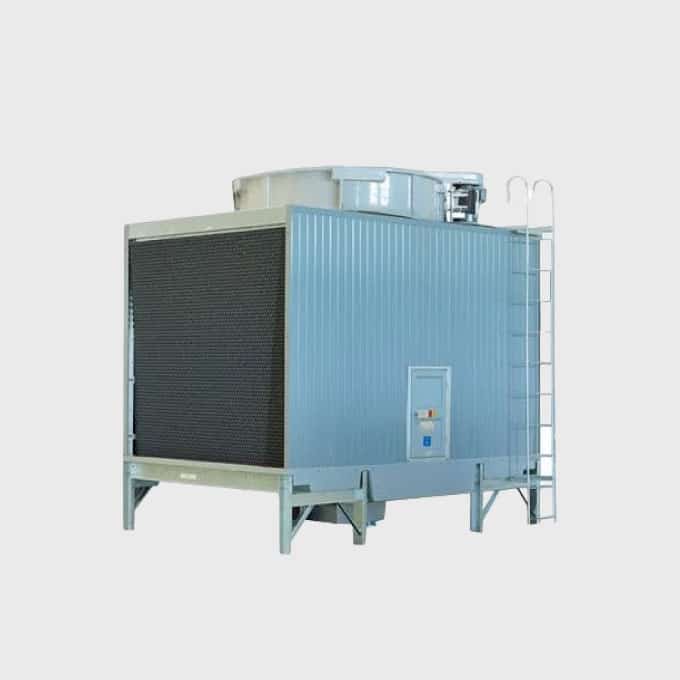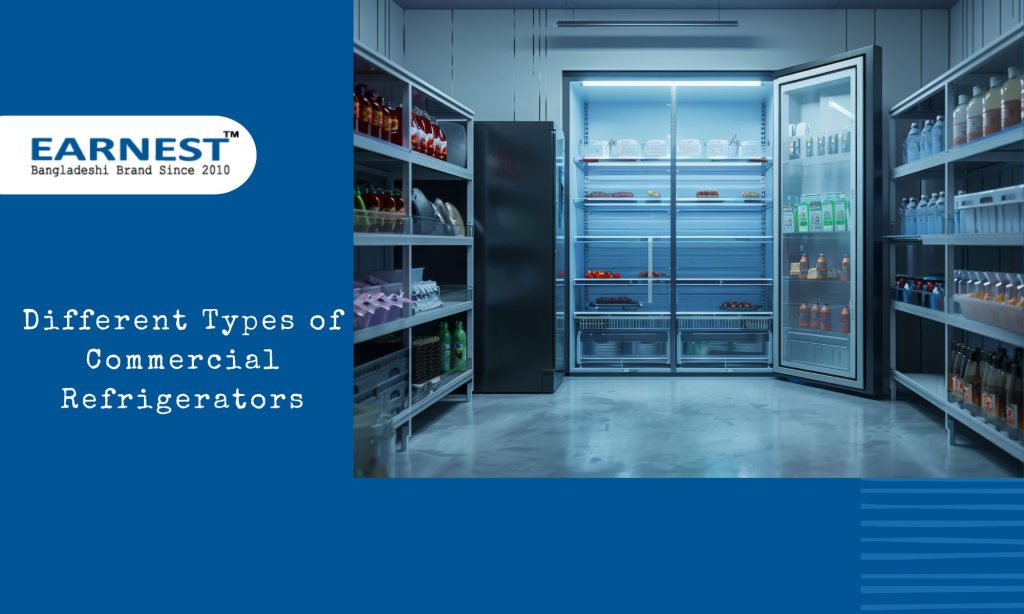Cross Flow Cooling Tower! The technologies placed in your daily lives need to dissipate heat consistently to operate efficiently. The cooling towers in the industrial machinery help with the temperature release required to cool down the manufacturing device in your factories. Incidentally, crossflow cooling towers use a mechanical drift to reduce the hot water’s temperature through upward airflow, ensuring commercial units’ cooling.
Initially, human beings used to wait for the cold breeze to bring much-needed respite from the heat. A simple maneuver of manipulating a leaf into a hand fan unknowingly invented the highly potent industrial concept behind artificial temperature reduction. Over centuries, this principle turned into the blueprint for keeping the cool of your machinery.
Here we are today, reaping the benefits of the invention to cool down parts of our essential manufacturing pieces of equipment!
What are Cross Flow Cooling Towers?

The Cross Flow Cooling Towers are configurations people prefer in their electronic systems. The structure gets its name from the juncture of water with the heat transfer surface or ‘fill’ surface. Essentially, the crossflow cooling tower types are a unique form of heat exchanger that brings air and water together to reduce the fluid’s temperature.
In Cross Flow Cooling Towers, the hot water enters perpendicularly into the airflow. The water flows from the top of the Cross Flow Cooling Tower into the basin while the fan blows air horizontally across the fill. The most efficient part is that gravity’s usage in the entire mechanism renders the importance of any pressure system unnecessary.
How to Do The Cooling Towers Function?
Cooling Towers FunctionIf you’re looking for a cooling system for your machinery, you must know the functionality to ensure compatibility.
Principle
To design the cross flow, most cooling tower manufacturers utilize hot water basin distribution as the most common practice.
You might be wondering how the system gets the name ‘Cross Flow.’ The mechanism’s workings include water flowing down the falls perpendicularly and the air cooling the fluid while blowing horizontally. The criss-cross positioning of both gives the system its name!
Instead of artificially created pressure, the use of gravity makes it convenient for the air to distribute throughout the fill evenly.
Once the water is cooled, the moisture in the plenum is expelled through an exhaust fan.
Structural Components
Now that you have decided to install a crossflow cooling tower in your system, it’s time you check out the core components. (The knowledge will come in handy for when you need a replacement.)
Fill Media
The main element of any tower type is the water’s fill media for cooling. The standard variety includes a thin plastic film that maximizes the surface area for temperature reduction.
The layer ensures minimal energy consumption during the air-water interface and cooling process.
Tower Nozzles
The nozzles ensure water flows through the fill by way of gravity.
The accumulated hot water slowly seeps into the spray nozzles to reach the basin floor.
Water Basins
Usually, there are two types of basins in crossflow cooling towers for storage and soothing the hot water through distribution.
You can find the hot water basin above the nozzles, and the cold water basin lies at the bottom of the container.
Cooling Fans
The fans are essential to the entire cooling process of the crossflow and this system uses in Cross Flow Cooling Tower.
The fans are placed on top of the container. They extract the cold air from the environment to fill the basin. Additionally, they expel the humid air post-processing of the hot water.
Louvers
The louvers ensure overall efficiency from preventing the ingress of sunlight to splash-out accidents of external bodies like birds. On top of it, they aid with quick basin access and maintenance.
Drift Regulator
The expulsion of water droplets from the container can make futile the entire process. The drift regulators prevent the tiny droplets from leaving the Cross Flow Cooling Tower and throttle the water loss.
Float Valves
The electronic valves regulate processed fluid to ensure the Cross Flow Cooling Tower functionality with maintenance and extended life.
Distribution Valves
You install the distribution valves for the maximum hot water distribution across the fill, which spreads the fluid through the cells. The component must carry corrosion-averse attributes to last longer in the container.
Water Level Controls
The controls inside the crossflow cooling systems are float switches that ensure the water level for processing in the tank. The regulator auto-fills the water and switches off as soon as the optimum level has been reached.
Miscellaneous Parts
The cooling system also contains an array of structural parts such a
- The exit ports to eject the cooled-down water.
- The overflow switch releases the excess water from the basin.
- The drain part restricts the amount of mineral content during the processing cycles.
What Factors Affect The Cross Flow Cooling Tower Types?
To utilize the cooling towers with maximum efficiency, you must maintain the systems by paying attention to their demands. If you follow the Guideline Of Cross Flow Cooling Tower it will be better for your use. Here are some factors that you need to keep in consideration!
Heat Load
The efficiency of a Cross Flow Cooling Tower depends on the area of processing and the cost of the equipment. Both the scope and price decide the heat load of the system. Additionally, the weather can play a central role in cooling down the hot water because of a higher heat load requirement.
Flow Rate
The heat leakage or the circulation flow doesn’t matter as much as the cooling rate. The performance of the Cross Flow Cooling Tower varies significantly with the difference in the flow rate per machine.
Solid Formation
The bottom of the basin remains colder during the winters and causes solid formation at the base. The sedimentation can affect the overall water flow and cause performance drops.
To Be Precise
The main objective of any cooling tower is to ensure heat reduction in the attached machinery. The Guideline Of Cross Flow Cooling tower System types works with the same goals and mechanical drift process. Not only does the tower provide lesser energy expenditure but also good processing capabilities even for larger systems.
If you want the convenience of fast cooling and access for reducing your equipment’s heat, crossflow works the best!





